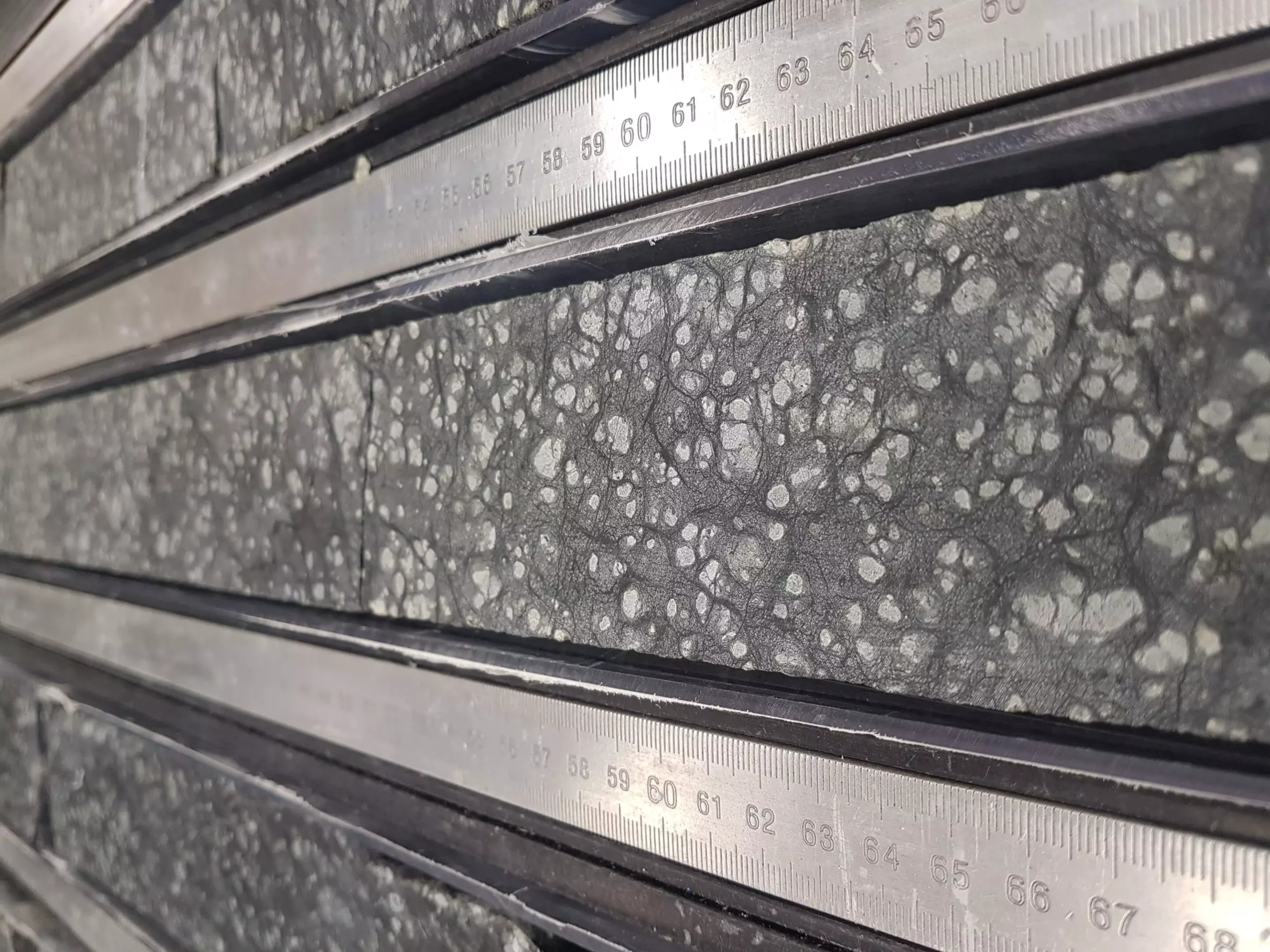Exploring the depths of the Earth’s interior has always been a challenge for scientists, but a recent breakthrough has shed light on the mysterious mantle, the layer beneath the crust. Scientists have successfully recovered a long section of rocks that originated in the Earth’s mantle, providing crucial insights into the Earth’s geological processes.
The rocks, totaling 1,268 meters, were obtained from a “tectonic window” along the Mid-Atlantic Ridge during Expedition 399. This achievement, led by the International Ocean Discovery Program, marks a significant milestone in the field of Earth sciences. The recovered rocks offer a window into the mantle’s role in the origins of life on Earth, volcanic activity, and global element cycles.
The composition and structure of the recovered mantle rocks have surprised researchers, revealing a history of melting that exceeds expectations. The rocks exhibit lower levels of pyroxene and higher concentrations of magnesium, indicating intense melting as the mantle ascended towards the surface.
These findings have important implications for understanding magma formation and volcanism. The discovery of channels through which melt was transported sheds light on how magma feeds volcanoes, particularly those on the ocean floor. This newfound knowledge is crucial for linking volcanic activity to its ultimate source within the Earth’s mantle.
In addition to volcanic processes, the study of mantle rocks has uncovered insights into the origins of life on Earth. Olivine, a common mineral in mantle rocks, interacts with seawater to produce hydrogen and other molecules that can fuel life. This discovery suggests that similar processes may have played a crucial role in the emergence of life on our planet.
The resemblance between the recovered rocks and those present on early Earth provides a glimpse into the chemical and physical environments that existed in the planet’s early history. This knowledge offers valuable insights into the conditions that could have supported the evolution of life over geological timeframes.
The international team of scientists involved in Expedition 399 will continue to analyze the recovered drill cores to address a wide range of geological questions. This groundbreaking research will provide a foundation for future studies in various disciplines, including melting processes in the mantle, chemical exchanges between rocks and the ocean, organic geochemistry, and microbiology.
The significance of this research cannot be overstated, as it opens up new avenues for understanding the Earth’s complex geological processes. The recovered mantle rocks serve as a time capsule, offering clues to the planet’s past and shaping our understanding of its future. By unraveling the mysteries of the Earth’s mantle, scientists are paving the way for groundbreaking discoveries in the field of Earth sciences.


Leave a Reply